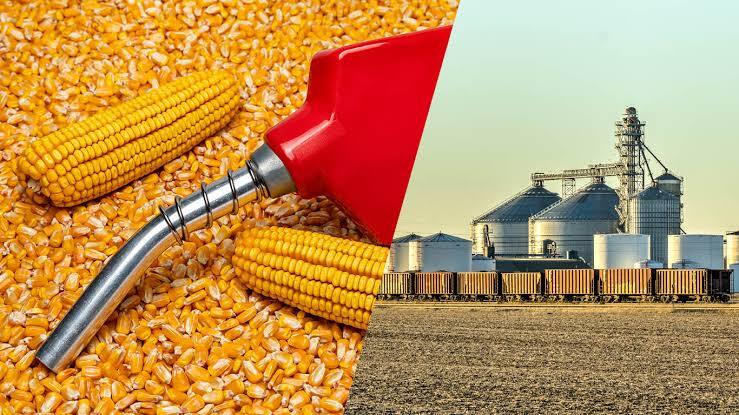Brazil is rapidly transforming its corn industry, driven by an unprecedented surge in corn-based ethanol production. According to Farmdoc Daily, this expansion is significantly increasing domestic corn consumption and is poised to reshape global corn trade flows in the years ahead.
In just under a decade, Brazil’s corn ethanol production has skyrocketed — rising from just 16 million bushels in 2015-16 to a projected 722 million bushels in 2024-25, now accounting for 15% of the nation’s total corn output. This exponential growth is supported by 25 operational corn ethanol plants, with 15 additional facilities currently under construction.
As a result, total corn consumption in Brazil has surged 53% over the past ten years, reaching 3.5 billion bushels. Of this, approximately 2.5 billion bushels are used in the animal protein sector, while 925 million bushels serve food, seed, and industrial uses, including ethanol production.
This domestic demand surge is already affecting export dynamics. Brazil’s corn exports are projected to decline by 20% from their 2023 peak, influenced not only by rising internal use but also by factors such as decreased demand from China and increased supply from competing exporters like the U.S., Argentina, and Ukraine.
Simultaneously, domestic corn prices have reached a three-year high, hitting 37 reais ($6.57) per bushel in the key port of Paranaguá in March. This price escalation is largely driven by tighter domestic supply and strong ethanol-linked demand.
Looking ahead, Brazil’s ethanol market is likely to expand further. The government is considering increasing the mandatory ethanol blend in gasoline from 27% to 30%, which would further boost corn demand. The popularity of flex-fuel vehicles, coupled with ongoing investments in ethanol infrastructure, ensures that this growth trend is sustainable.
Global Implications: Brazil’s ethanol boom, largely fueled by second-crop (safrinha) corn, is tightening export availability and may relieve competitive pressure on U.S. corn in global markets. As a result, international corn prices could see sustained support in the coming years, as one of the world’s largest exporters pivots more of its output toward domestic energy production.
Follow & Subscribe:
👉 Agri-Food Update on LinkedIn for the latest updates and insights.
🌐 Visit us at www.agri-food-update.com for more information!



